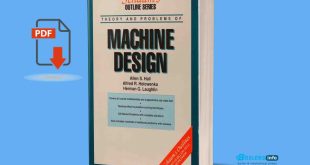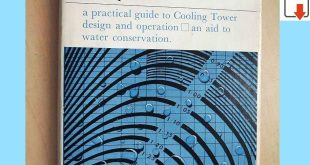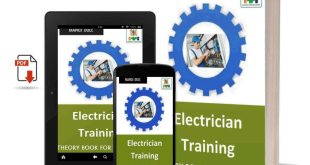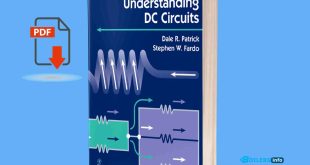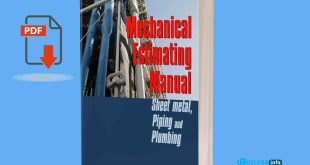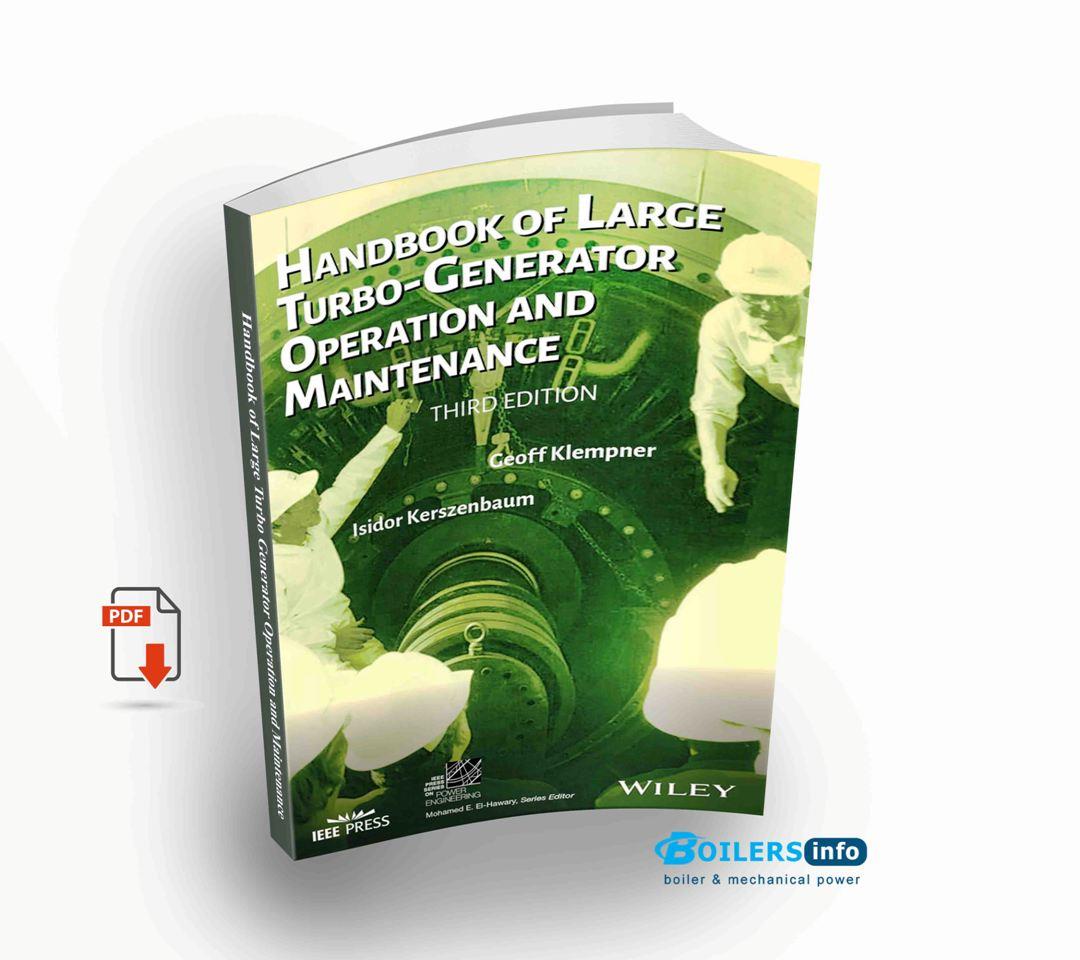
Handbook of Large Turbo Generator Operation and Maintenance by Geoff Klempner and Isidor Kerszenbaum. This book is designed to partially fill the gap by offering a comprehensive view of the many issues related to the operation, inspection, maintenance, and troubleshooting of large turbine generators. The contents of this third edition have been significantly enhanced and many new additional topics included. All of the information in the book is the result of many years of combined hands-on experience of the authors. It was written with the machine operator and inspector in mind, as well as providing a guide to uprating and life enhancement of large generators. This book, however, is about the practical aspects that characterize the design, operation, and maintenance of large turbine-driven generators.
The Contents of the Handbook of Large Turbo Generator Operation and Maintenance
- Chapter 1: Principles of Operation of Synchronous Machines
1.1 Introduction to Basic Notions on Electric Power
1.1.1 Magnetism and Electromagnetism
1.1.2 Electricity
1.2 Electrical-Mechanical Equivalence
1.3 Alternating Current (ac)
1.4 Three-Phase Circuits
1.5 Basic Principles of Machine Operation
1.5.1 Faraday’s Law of Electromagnetic Induction
1.5.2 Ampere-Biot-Savart’s Law of Electromagnetic-Induced Forces.
1.5.3 Lenz’s Law of Action and Reaction
1.5.4 Electromechanical Energy Conversion
1.6 The Synchronous Machine
1.6.1 Background
1.6.2 Principles of Construction
1.6.3 Rotor Windings
1.6.4 Stator Windings
1.7 Basic Operation of the Synchronous Machine
1.7.1 No-Load Operation
1.7.2 Motor Operation
1.7.3 Generator Operation
1.7.4 Equivalent Circuit
1.7.5 Machine Losses
Electric Power Substations Engineering
Chapter 2: Generator Design and Construction
2.1 Stator Core
2.1.1 General Construction Features
2.1.2 Insulated versus Noninsulated Cores
2.1.3 Cores Built with Consolidated
2.1.4 Robotic versus Hand Core Stacking
2.1.5 Core Stacking Pressure and Tightness
2.2 Stator Frame
2.2.1 General Construction Features
2.2.2 Caged Core Design
2.2.3 Grounding of Stator Frames
2.3 Flux and Armature Reaction
2.4 Electromagnetics
2.5 End-Region Effects and Flux Shielding
2.5.1 Stator Core-End Copper Flux Shields/Screens
2.5.2 Stator Core-End Flux Shunts
2.5.3 Combination Stator Core-End Flux Screens and Flux Shunts
2.5.4 Stator Core-End Packet Stepping
2.5.5 Stator Core-End Tooth Slitting
2.5.6 Keybar Shorting Straps
2.6 Stator Core and Frame Forces.
2.7 Stator Windings
2.7.1 Stator Winding Configuration and Installation Overview
2.7.2 Overview of Stator Winding Design Considerations
2.7.3 Fundamental Concepts
2.7.4 Winding Structure
2.7.5 Winding Specific Layouts
2.7.6 Basic Formulae
2.7.7 Conductor Bar Construction
2.8 Stator Winding Wedges
2.9 End-Winding Support Systems
2.10 Stator Terminal Connections
2.11 Rotor Forging
2.12 Rotor Winding
2.13 Rotor Winding Slot Wedges
2.14 Amortisseur (Damper) Winding
2.15 Retaining Rings
2.16 Bore Copper and Terminal Connectors
2.17 Slip/Collector Rings and Brush Gear. - 2.18 Rotor Couplings2.19 Rotor Turning Gear
2.20 Bearings
2.21 Air and Hydrogen Cooling
2.21.1 Basic Cooling Arrangements
2.22 Rotor Fans
2.23 Hydrogen Containment
2.23.1 Journal-Type Hydrogen Seals
2.23.2 Thrust Collar-Type Hydrogen Seals
Electrical Power Transmission System Engineering
2.24 Hydrogen Coolers
2.25 Air Coolers
2.26 Water-Cooled Rotors
Chapter 3: Generator Auxiliary Systems
3.1 Lube-Oil System
3.2 Hydrogen Cooling System
3.3 Seal-Oil System
3.4 Stator Cooling Water System
3.4.1 System Components
3.4.2 Stator Cooling Water Chemistry
3.4.3 Stator Cooling Water System Conditions
3.5 Exciter Systems.
OPERATION AND CONTROL
MONITORING AND DIAGNOSTICS
GENERATOR PROTECTION
INSPECTION PRACTICES AND METHODOLOGY
STATOR ROTOR AND AUXILIARIES INSPECTION
GENERATOR MAINTENANCE TESTING
 Boilersinfo Boiler and Mechanical Power Digital Library
Boilersinfo Boiler and Mechanical Power Digital Library
